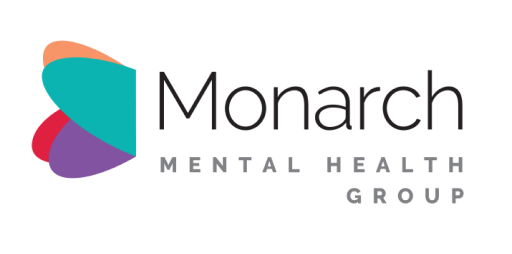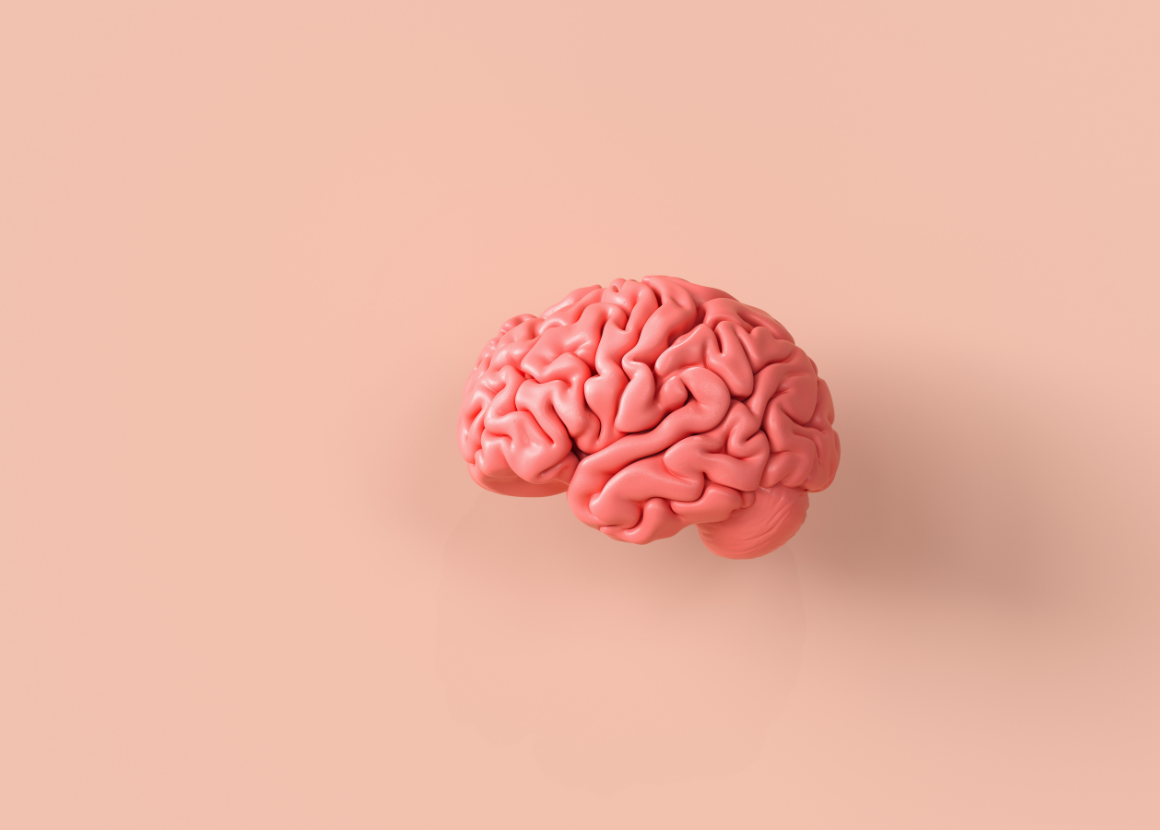Hi. My name is Ted Cassidy. I'm a psychiatrist and I'm one of the founders of the Monarch mental health group. So how is tDCS different from TMS therapy? Well, the obvious difference is that TMS stimulation is a magnetic-based therapy, whereas tDCS is electricity-based therapy.
Unlike the electricity-based therapies that people are more familiar with, things like ECT- tDCS uses a very small amount of electricity. Typically, it's powered by a couple of AA batteries and it's a small wearable device. So this is a really safe device that people aren't going to get into trouble with. You're not going to have any significant discomfort from this device, you're not going to have any issues with safety or overtime. So this is a device that can be used on your own.
The other key difference, I think, between tDCS and TMS, is TMS is a treatment that you really need to access in a clinic, it doesn't need to be an overnight stay, you can have it as an outpatient. In fact, TMS is ideal as an outpatient, but you do need to physically come into the clinic, and often you need to come into the clinic multiple times, typically 30 to 40 times over a six to ten-week period. Whereas tDCS is a device that you can take home that is portable and wearable and is safe enough to be used individually. It does need some supervision, but that supervision doesn't need to be hands-on. It can be delivered via kind of online support programmes and online coaching, which is the combination that we've adopted at Monarch Mental Health Group.

